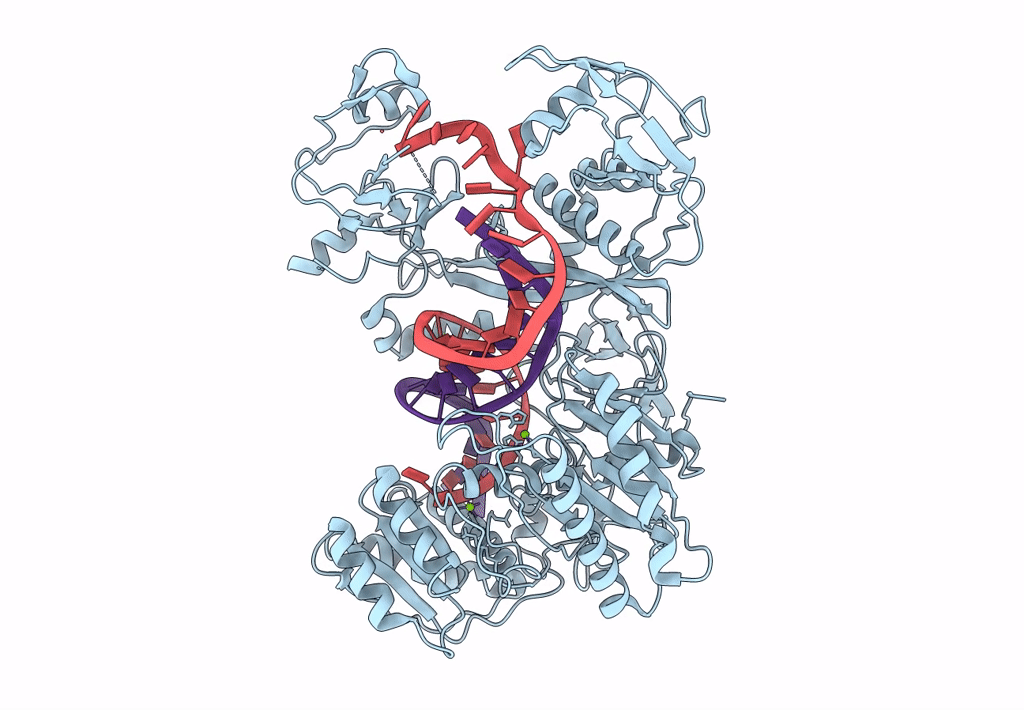
Deposition Date
2020-12-03
Release Date
2021-07-14
Last Version Date
2025-05-28
Entry Detail
PDB ID:
7KX9
Keywords:
Title:
Cryo-EM structure of Ephydatia fluviatilis PiwiA-piRNA-target complex
Biological Source:
Source Organism:
Ephydatia fluviatilis (Taxon ID: 31330)
synthetic construct (Taxon ID: 32630)
synthetic construct (Taxon ID: 32630)
Host Organism:
Method Details:
Experimental Method:
Resolution:
3.50 Å
Aggregation State:
PARTICLE
Reconstruction Method:
SINGLE PARTICLE


